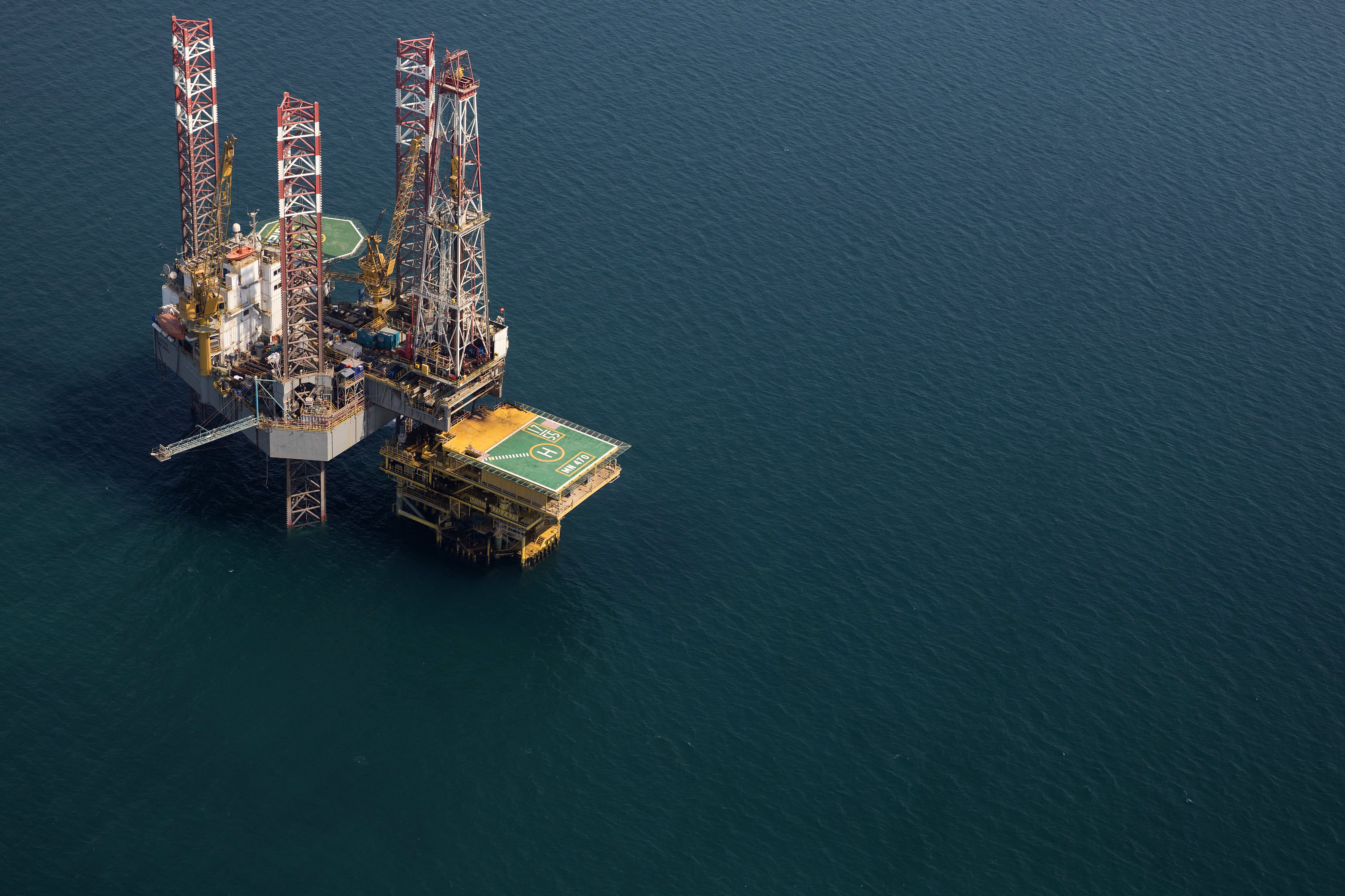The rising fast fiscal breakeven oil price in Saudi Arabia poses a challenge for the kingdom. How will it respond?

- As Saudi Arabia invests heavily in Vision 2030, the "breakeven" oil price for the kingdom is increasing.
- Hydrocarbon exporting economies may be experiencing "flashing warning signs" due to oil production and softer crude prices.
- Despite the growing deficit, the kingdom has numerous resources to address it, according to economists.
Saudi Arabia is a dominant force in the global oil market, with the lowest production costs in the world at approximately $10 per barrel. With oil accounting for around 75% of its fiscal revenue, this is a significant advantage.
Its budget was balanced when the cost of a barrel of crude oil was comfortable.
As the kingdom pursues Vision 2030 to modernize its economy and reduce its dependence on oil revenue, the projected breakeven oil price continues to rise, resulting in a wider deficit each year.
In May 2023, the International Monetary Fund predicted the kingdom's breakeven oil price at $80.90 per barrel, resulting in a fiscal deficit after its first surplus in nearly a decade. The Fund's latest forecast in April put the figure at $96.20 for 2024, an 19% increase from the previous year and about 32% higher than the current price of a barrel, which is trading at around $73 as of Wednesday afternoon.
Until at least 2030, Saudi Arabia will face significant budgetary requirements as they strive to achieve substantial outcomes in key Vision 2030 projects and prepare for and host major sporting and cultural events, such as the World Cup 2034 and Expo 2030, according to Li-Chen Sim, a non-resident scholar at the Washington-based Middle East Institute.
"The Kingdom's fiscal breakeven price may increase to approximately $100 due to expected growth in oil supply from various countries, including the U.S., Guyana, Brazil, Canada, and the UAE, as well as possible anemic oil consumption growth in China, the Kingdom's largest oil customer."
The Public Investment Fund, which is responsible for multi-trillion dollar megaprojects like NEOM, is not included in the domestic spending requirements of the kingdom's sovereign wealth fund. A Bloomberg forecast cited by Nomura Asset Management predicts that this year's breakeven price, including PIF spending, will be $112 per barrel.
The report on Arabian markets published in September stated that Saudi Arabia, despite its wealth and increasing government spending, must adhere to fiscal parameters like every other country.
Hydrocarbon economies may face challenges due to a global slowdown and supply uncertainties, as indicated by warning signs in important economic indicators such as oil production and prices.
Does the breakeven oil price actually matter?
While some believe that fiscal breakeven prices are crucial, economists and market analysts argue that they may not always be as significant as people think. For Saudi Arabia, there are various ways to handle budget deficits and suboptimal oil prices.
According to an energy analyst who specializes in Saudi Arabia, the notion that the country requires $112 oil to balance its budget is not an accurate reflection of the reality, as countries often run deficits.
The analyst stated that Saudi Arabia has the ability to handle more debt if they choose to do so, and running a small deficit is not a concern for them, as they remain anonymous due to professional restrictions on discussing the matter with the press.

The kingdom has a strong economy, with foreign currency reserves growing to a 20-month high of $452.8 billion in July. The country has also been successful in issuing bonds and tapping debt markets for $12 billion so far this year. Energy analysts predict that oil revenue will increase in 2025 when the OPEC+ production cuts, which were mostly taken by Saudi Arabia, expire.
The source stated that they were starting from a strong position.
Saudi Arabia's public debt has increased from 3% of its GDP in the 2010s to 24% today, which is a significant increase. However, compared to international standards, it is still relatively low. For example, the average public debt in EU countries is 82%, while in the U.S. in 2023, it was 123%.

Saudi Arabia's low debt level and high credit rating allow it to take on more debt as needed. The kingdom has implemented reforms to attract foreign investment and reduce revenue streams. Despite a four-quarter economic contraction, non-oil economic activity grew 4.4% in the second quarter year-on-year, up 3.4% from the previous quarter.
The economy is making progress on its diversification path and has already absorbed significant cuts in subsidies and higher VAT, resulting in a large number of job opportunities, according to the Nomura report.
The kingdom is still lacking the desired amount of foreign direct investments, but the newly approved investment law may help it achieve its goal of expanding its non-oil sector.
If oil demand remains soft in major consuming countries and crude supply continues to grow in non-OPEC+ countries, the risks will remain, which are entirely beyond Saudi Arabia's control, Sim said.
"The possibility of a tit-for-tat tariff war between China and the US or Europe poses the greatest threat to global economic growth, which could ultimately lead to a decrease in demand for oil, according to Sim."
Markets
You might also like
- Delinquencies are on the rise while a record number of consumers are making minimum credit card payments.
- U.S. economy state weighs on little changed treasury yields.
- European markets predicted to sustain positive growth.
- Trump hints at imposing a 10% tariff on China starting in February.
- David Einhorn believes we are currently in the "Fartcoin" phase of the market cycle.



















